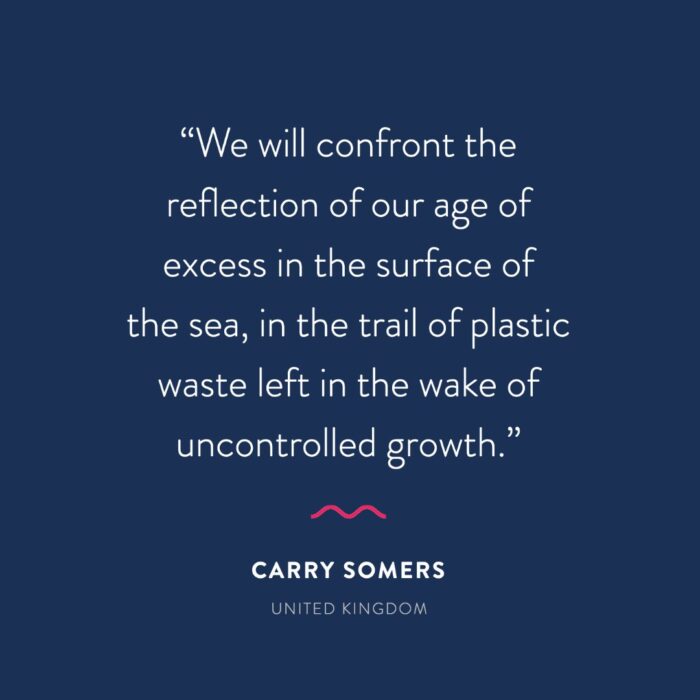A trail of plastic waste left in the wake of uncontrolled growth
A thousand years ago, before the development of navigational instruments, we crossed the seas by reading the shapes and colours of the water. The surface was imbued with meaning, containing myriad clues to the proximity of land.
A sailor of yesteryear time travelling to today would end up mightily confused if he tried to navigate this ocean by observing shape and colour alone. Our seas are still full of clues and meaning – now they indicate not the proximity of land, but the proximity of man. Multicoloured round, square, oblong, rectangular pieces of plastic floating against a backdrop of blue.
The crew boarded SV TravelEdge in the Galápagos, bringing our dreams and fears, our knowledge and inadequacies, and charted a course between Ecuador to our port bow and Papua New Guinea as the nearest starboard land mass more than 8500 miles away. We are sailing over 2200 nautical miles across this wide blue ocean to Rapa Nui, Easter Island, the loneliest island in the world.
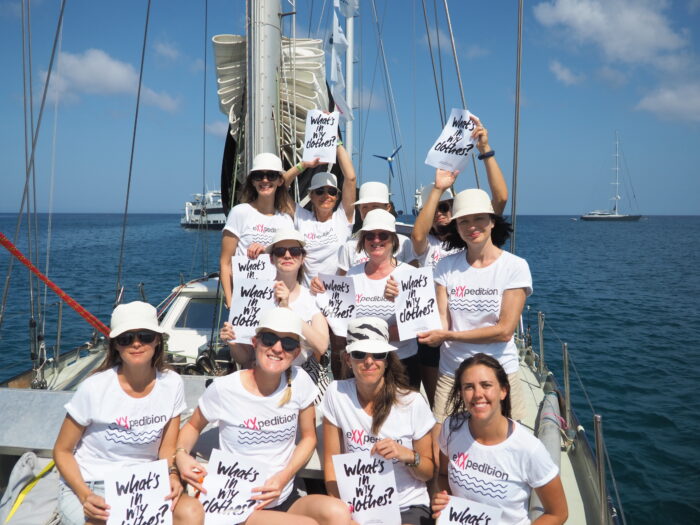
Over the next three weeks, our multidisciplinary crew will be trying to find out more about the increasingly complex relationship of man and nature as we confront the signs and symbols of our consumption across the Pacific seascape. We will confront the reflection of our age of excess in the surface of the sea and start looking for pattern in all this mess, in the trail of plastic waste left in the wake of uncontrolled growth.
Beyond the floating plastic we see with the naked eye as we sail towards the South Pacific Gyre, every time we test the water, using the manta trawl and Garrett screen for the surface water, Niskin bottles for the subsurface and Van Veen Grab Sampler for the sediment, they confirm the presence of a shoal of plastic. We analyse the myriad microplastics and microfibres collected using the ATR-FTIR spectroscopy on board to identify the polymers. This process helps us work out the relative proportions of different types of plastics and the percentage that are likely to be coming from clothing and textiles. Past studies have shown 34.8%[i] of microplastic pollution in our oceans comes from synthetic textiles and there are currently an estimated 1.4 million trillion microfibres in our oceans[ii]. Research shows that plastics emit powerful greenhouse gases as they degrade and, over time, give off more and more gas; the plastics accumulating in our oceans represent a scaringly vast, uncontrollable source of future emissions contributing to climate change.
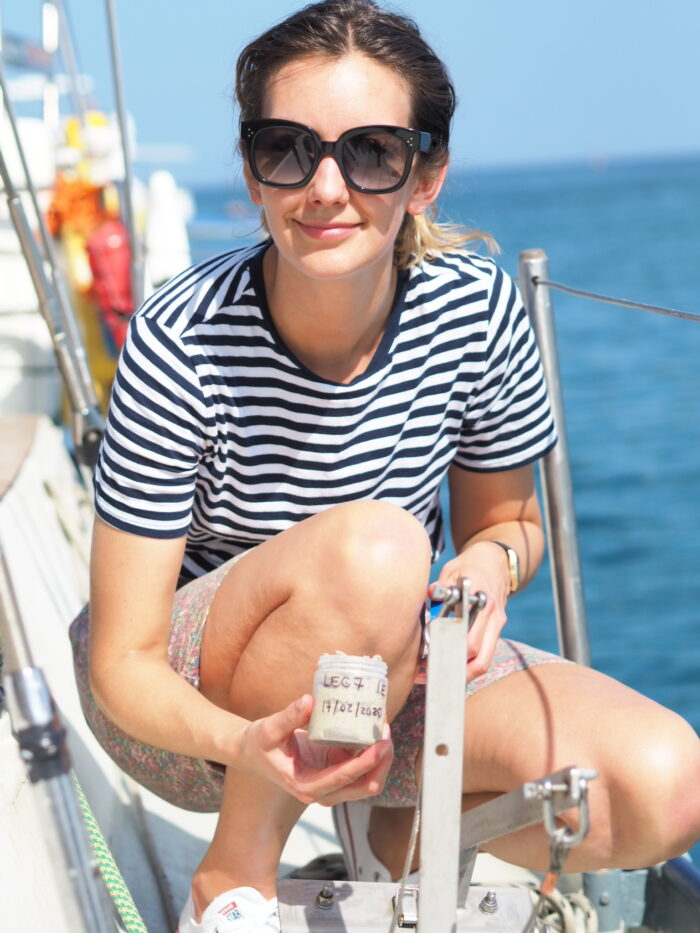
We have to act now. We can’t manage what we don’t measure. This first ever global dataset of plastic pollution will help not just scientists around the world, but also fashion brands, retailers and manufacturers who want to know more about the distribution and quantities of polyester, nylon and acrylic in our seas so they know better where to act within their supply chains.
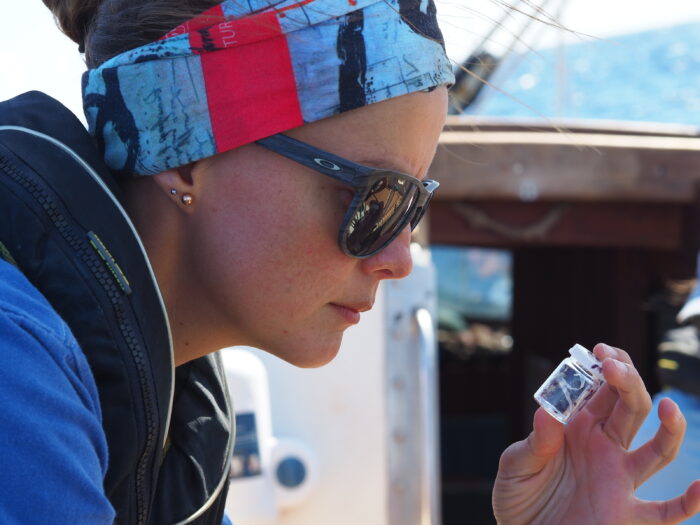
A sea change is a profound transformation, especially one which affects a group or society at large, on a particular issue. As we sail through this infinity of sea and sky on our way towards Rapa Nui, traditionally a cooperative society, my greatest hope for this voyage is that the fashion industry will start to work together, cooperatively, to find solutions to the unfathomable problem of plastic pollution. A sea change can’t come soon enough for our oceans, our earth, and all that live in and on them.
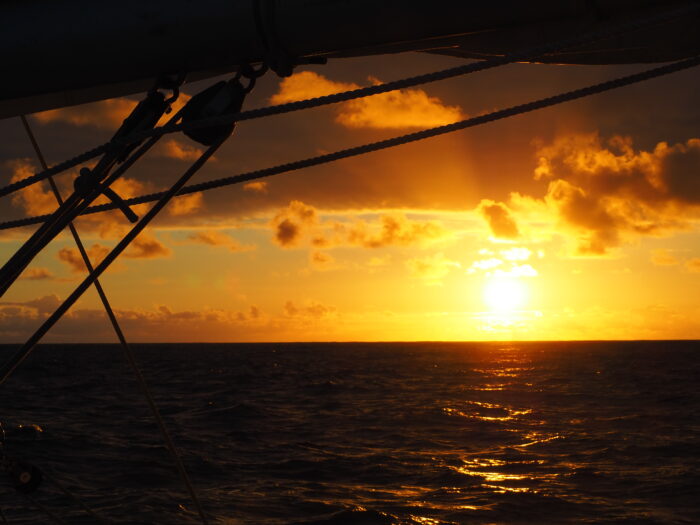
[i] Boucher and Friot, 2017
[ii] Leonard, 2016




